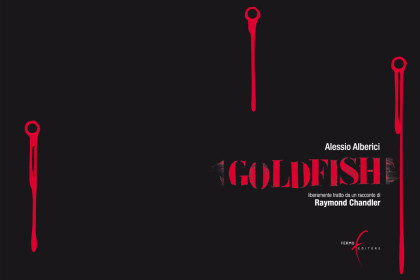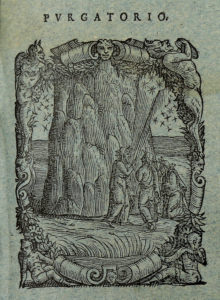
Detective stories have been developed and written but they weren’t always done “so well”. And the few sensible lines on the topic were written by Raymond Chandler, author of Goldfish, indeed, in his “Ten rules of detective stories”, which appeared in the early 1930s on the pages of the hard-boiled magazine, Black Mask, the mother of all modern detective stories, and later republished as the introduction to his most famous collection of stories posthumously published in 1964, “The simple art of crime”. The first rule states: ”in order to motivate the interest of a reader so much as to push him/her to not put down the novel or story, just after the first few paragraphs, there must be a body at the beginning of the story or novel, better if it’s a murdered body and the more its dead the better.” He couldn’t have said it better!
Yes, because there are dead bodies which are more dead than others; sure, you might be thinking “but what the hell, when one is dead he’s dead! There can’t several stages of death … ” Oh, yes there can be. Just to give an example: a person who has died of a heart attack, even if caused by an external human factor (murder) is very different from a person who has been tortured for hours and hours on end and then killed, and not only regarding the law at the time to judge the crime. It doesn’t take much to realize that a tortured body in a car wash of a Scorsese film will be much more interesting than a person who has died from a heart attack in a tea-house of an Agatha Christie novel, which I don’t think has ever really interested anybody, not even the Puritan readers of 1890.
Readers of yesterday like the ones of today, from the Iliad onwards, yearn for the representation of violence, they crave blood, revenge, massacre, slaughter… and we want to give them just this, catharsis, the purification from their fears through the staging of violence. But because the catharsis takes place it is necessary that “the reader can identify him/herself in a plausible situation, with plausible characters, in a plausible context”, and this means realism.
Furthermore, in detective stories it is essential that everything happens at the end, or at the beginning, of the resolution of a mystery, which is the “necessary and sufficient” condition to outline the “detective story” and make it different from all others. You understand, therefore, that the problems pile up. If at first only one pig could fly now two, three, hundreds can fly. The budding writer asks him/herself: “how do I get out of this now? The historical context is okay the characters are plausible, there is just the right amount of violence, and there is plenty of catharsis, but if the whole thing must also be congruent with the solution of a credible mystery, then I’m screwed!”
And here the young author commits his/her first mistake, rather, the second, considering that the first is to be young: thinking of having to invent something, of trying hard, of having to pray to mysterious forces so that the right muse will quietly arouse his/her intellect and bring complete enlightenment.
(to be continued)
 English
English  Italiano
Italiano 


